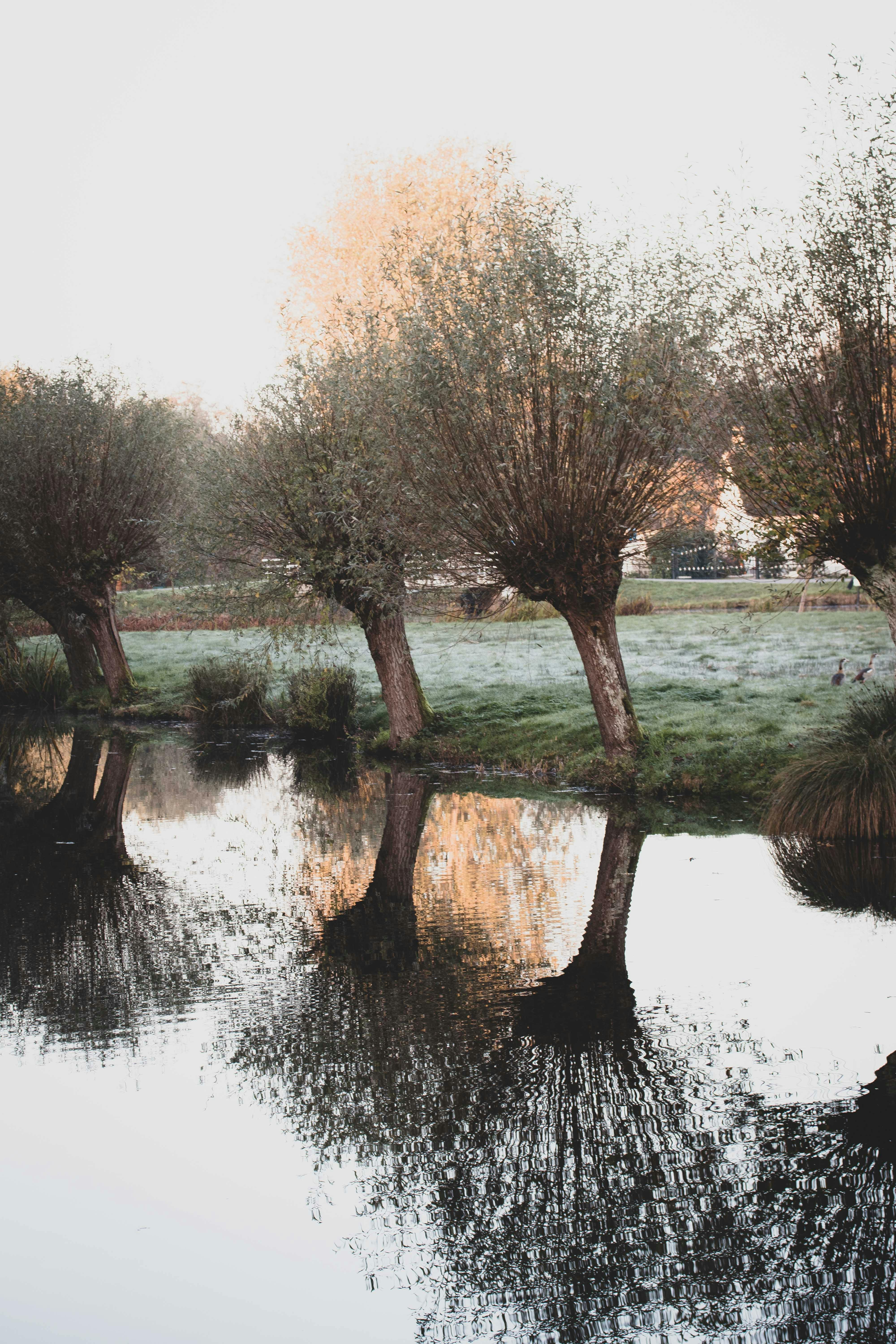
Effective Ways to Optimize Cold Water Aquarium Fish Care in 2025
Maintaining a cold water aquarium can be a rewarding yet challenging endeavor for both novice and experienced aquarists. Cold water aquarium fish offer unique beauty and adaptability, making them a popular choice for many fish keepers. Understanding the specific requirements of these fish, from water quality management to their dietary needs, is crucial for creating a thriving aquatic environment. This article explores effective techniques and tips for optimizing care for cold water fish, ensuring they live healthily and harmoniously in your aquarium.
We will discuss various aspects of fish care, including the differences between cold water and tropical fish, optimal tank conditions, compatible species combinations, and essential maintenance practices. Reading through, you'll also discover practical advice on feeding, setting up your aquarium, and monitoring your fish's health. Get ready to dive into a comprehensive guide that will help you create the best home for your cold water fish!
Key Takeaways:
- Understand the unique needs of cold water fish.
- Learn about compatible species for community tanks.
- Optimize tank setup and maintenance for a stress-free environment.
Essential Guidelines for Cold Water Aquarium Setup
Creating an ideal environment for cold water fish begins with understanding their specific needs. Cold water fish thrive in temperatures typically ranging from 60°F to 75°F. Maintaining this temperature is essential as it significantly impacts fish health and behavior. The first step in any aquarium setup is selecting the right tank size; larger tanks (20 gallons and above) generally provide a more stable environment by diluting fluctuations in water parameters.
Additionally, the choice of filtration system is vital. Cold water fish, like goldfish, produce a higher bioload, so a robust biological filtration system will help maintain water quality. A reliable aquarium filtration system should efficiently remove waste while allowing beneficial bacteria to thrive, which plays a crucial role in the nitrogen cycle.
Understanding Water Quality Management
Water quality is critical for the health of cold water fish. Regular monitoring of pH levels, ammonia, nitrite, and nitrate concentrations is essential to ensure the water remains safe. Ideally, the pH should be maintained between 6.5 and 8.0. Alkalinity and hardness should also be managed to support the fish's wellbeing.
Regular water changes (15-20% weekly) are necessary to remove toxins and replenish minerals. This routine not only helps keep the water clean but also promotes beneficial biological activity within the tank. When performing water changes, always treat new water with a water conditioner to eliminate harmful chlorine or chloramines.
Choosing Compatible Cold Water Fish Species
Another crucial aspect of cold water fish care is selecting compatible species. Cold water communities should ideally consist of fish that share similar needs, reducing stress and aggression. Some of the best cold water catfish like the Corydoras are excellent community fish that coexist well with species such as minnows, danios, and goldfish.
Creating a fish compatibility chart can be an invaluable resource to help you select the right species and avoid potential conflicts. Consider factors such as size, temperament, and dietary requirements when planning your tank setup.
Decorating Your Aquarium for Cold Water Fish
Aquarium decorations not only enhance the aesthetic appeal but also provide hiding spots for your fish, reducing stress levels. Plants, rocks, and driftwood can mimic the natural habitat of cold water fish. Live plants like Java Fern and Anubias are great additions as they help improve water quality and provide shelter, although cold water tank plants need to be chosen carefully to ensure compatibility with your fish.
In addition to plants, consider using natural substrates to replicate the environment of cold water fish. This adds to the overall ecosystem's stability, allowing for a thriving habitat where fish feel safe.
Best Practices for Fish Tank Maintenance
Effective tank maintenance is vital for the longevity of your cold water aquarium. Regular cleaning schedules and monitoring are necessary to prevent common aquarium diseases and in maintaining a balanced ecosystem. Understanding how to properly clean and maintain filters, decorations, and other tank equipment is key.
To avoid disrupting beneficial bacteria, it’s essential to clean the tank carefully. Replace only a portion of the filter media during cleaning, ensuring enough beneficial bacteria remains to support the biological filter. Also, watching out for algae growth and utilizing algae control measures can help keep the tank looking clean and healthy.

Monitoring Fish Health and Behavior
Fish health monitoring should include observing your fish for signs of stress or illness. Changes in behavior can indicate problems such as poor water quality or disease. Fish stress management involves providing a stable environment without sudden changes in temperature or water parameters.
Early detection of diseases is crucial. Familiarize yourself with common cold water fish illnesses and symptoms, such as lethargy, loss of appetite, or unusual swimming patterns. Implementing a quarantine procedure for new fish can help prevent disease transmission and maintain the health of your existing fish population.
Feeding Cold Water Fish: Best Practices
Feeding is a critical aspect of fish care. Cold water fish generally require a balanced diet that meets their nutritional needs. Providing a variety of food types ensures that your fish receive all the nutrients they require. Use high-quality cold water fish food that caters to their specific dietary needs. Feed your fish small amounts multiple times a day while removing uneaten food to maintain water quality.
Understanding fish feeding schedules helps optimize their growth and overall health. Frequent small meals are better than fewer large ones, especially for growing fish. It is also beneficial to include live and frozen food occasionally as a treat—foods like bloodworms or brine shrimp can spark activity and promote natural feeding behaviors.
Guidelines for Breeding Cold Water Fish
Breeding cold water fish can be an interesting venture that adds to the joy of fishkeeping. Many species, such as goldfish and certain minnows, are relatively easy to breed in home aquariums. However, creating ideal breeding conditions is essential. This often involves ensuring the right water parameters, tank size, and providing appropriate spawning surfaces.
Pairing compatible fish species and ensuring they are of the appropriate size and age can significantly enhance success rates. Observing breeding behaviors can help you understand when your fish are ready to breed. After spawning, it’s crucial to separate the fry from adult fish to avoid predation and ensure proper growth.

Common Challenges and Troubleshooting
As a cold water fishkeeper, you may face various challenges, such as diseases, water quality issues, or aggression among fish. Being proactive and having a solid understanding of troubleshooting techniques can help you address and resolve problems efficiently. Developing a comprehensive fish care plan that includes regular monitoring, timely interventions, and knowledge of potential challenges will lead to a flourishing aquarium.
Q&A Section: Addressing Your Cold Water Fish Concerns
What temperature is ideal for cold water fish?
The ideal temperature for most cold water fish ranges between 60°F and 75°F, depending on the species. Always ensure to maintain this range for optimal health.
How often should I change the water in my cold water aquarium?
It is recommended to change 15-20% of the water weekly to maintain high water quality, removing toxins and replenishing essential minerals.
What are some good community fish for cold tanks?
Some excellent community fish for cold water tanks include goldfish, zebrafish, and certain species of minnows.
How can I tell if my fish are stressed?
Signs of stress in fish include unusual hiding, erratic swimming, or loss of appetite. Maintaining stable tank conditions helps mitigate these issues.
Can I keep tropical fish with cold-water fish?
Generally, it is not advisable as tropical fish require warmer water temperatures compared to cold water species. Maintaining different temperature requirements can lead to stress and health issues.
Creating a thriving cold water aquarium is achievable with proper understanding and dedication. Following these effective care tips and guidelines will foster a healthy environment for your fish and enhance your experience as an aquarist. By paying close attention to water quality, selecting compatible species, and ensuring suitable feeding practices, your cold water fish can thrive, bringing joy and tranquility to your home aquarium.